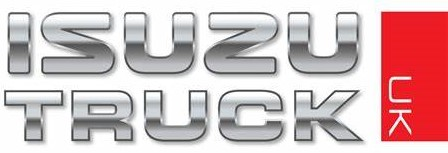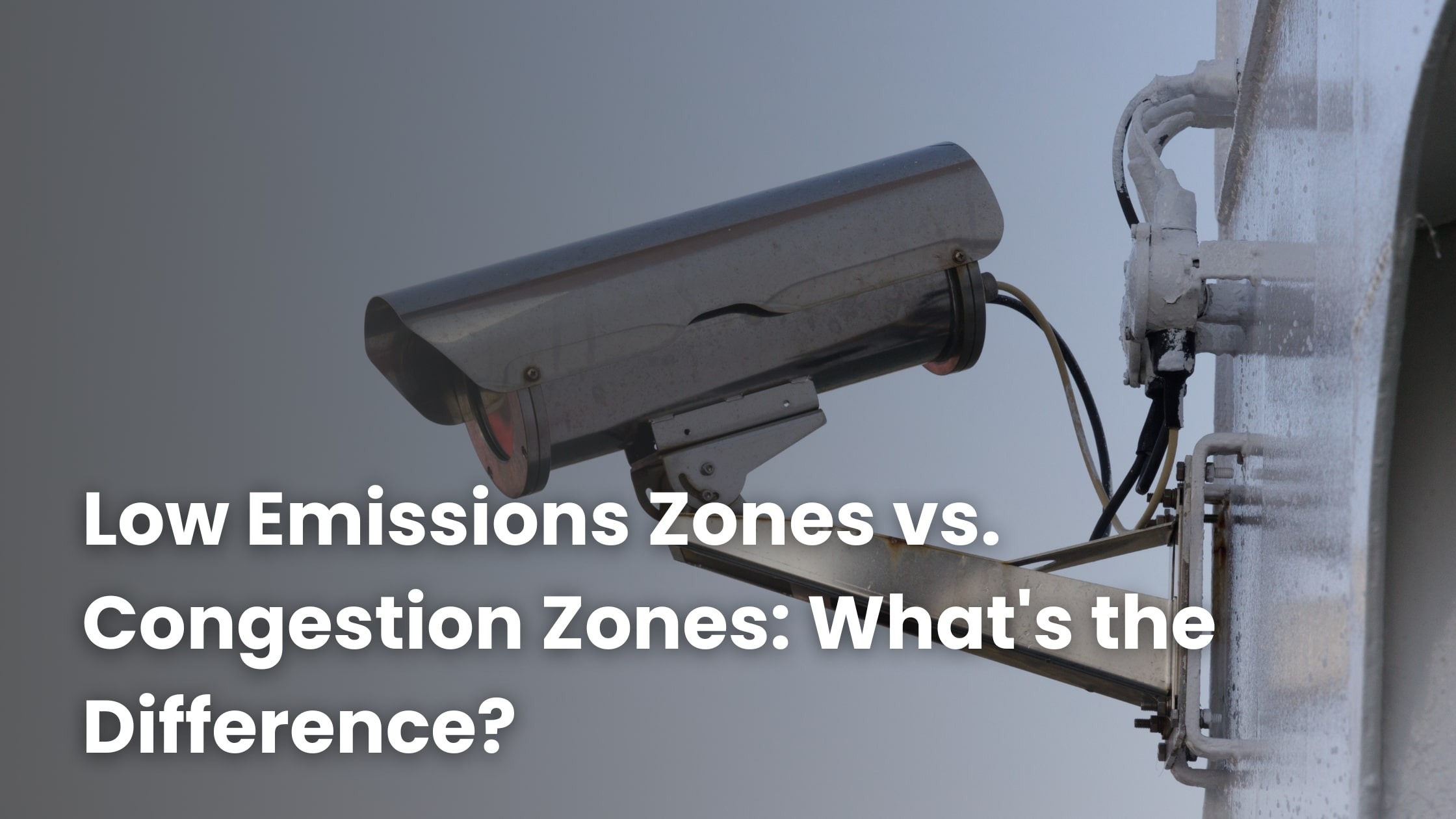Low Emissions Zones vs. Congestion Zones: What's the Difference?
Are you confused about the difference between Low Emissions Zones (LEZs) and Congestion Charges? Both aim to reduce emissions and improve air quality, but they have different approaches and objectives. In this article, we will explain the difference between LEZs and Congestion Charges, how they work, and their effectiveness.
Air pollution is a major public health issue, causing respiratory diseases, heart problems, and premature deaths. Vehicles are a significant source of air pollution, especially in urban areas where traffic is dense. LEZs and Congestion Charges are two policies that cities can use to reduce emissions and improve air quality. LEZs restrict access to certain vehicles based on their emissions, while Congestion Charges charge a fee for driving in congested areas during peak hours.
Low Emissions Zones: A Brief Overview
LEZs are designated areas where vehicles with high emissions are restricted or charged to enter. LEZs aim to reduce emissions from older vehicles and encourage the use of cleaner vehicles. LEZs can be permanent or temporary and can cover entire cities or specific zones. The restriction or charge is based on the vehicle's emissions, which are usually measured by Euro standards. The higher the Euro standard, the lower the emissions. Vehicles that do not meet the Euro standard are not allowed to enter the LEZ or have to pay a fee.
Congestion Charges: A Brief Overview
Congestion Charges are fees charged to vehicles that enter congested areas during peak hours. Congestion Charges aim to reduce traffic congestion, encourage public transport use, and improve air quality. Congestion Charges are usually applied to a city's central zone or specific areas where traffic is dense. The fee is charged for each day or each trip, and it varies depending on the vehicle's emissions, time of day, and frequency of trips.
How Do Low Emissions Zones Work?
LEZs work by restricting or charging vehicles based on their emissions. The restriction or charge is enforced by automatic number plate recognition (ANPR) cameras, which read the vehicle's registration plate and check its emissions. If the vehicle does not meet the Euro standard, it is not allowed to enter the LEZ or has to pay a fee. The fee varies depending on the vehicle's emissions, time of day, and frequency of trips. The revenue generated from the fees is usually reinvested in improving public transport, cycling infrastructure, or other sustainable mobility options.
How Do Congestion Charges Work?
Congestion Charges work by charging a fee to vehicles that enter congested areas during peak hours. The fee is usually paid online, by phone, or at a kiosk, and it varies depending on the vehicle's emissions, time of day, and frequency of trips. The fee is enforced by ANPR cameras, which read the vehicle's registration plate and check its payment status. Vehicles that do not pay the fee or have an exemption are fined. The revenue generated from the fees is usually reinvested in improving public transport, cycling infrastructure, or other sustainable mobility options.
Key Differences between LEZs and Congestion Charges
Objective
The main objective of LEZs is to reduce emissions from older and high-emitting vehicles, while the main objective of Congestion Charges is to reduce traffic congestion during peak hours.
Scope
LEZs can cover entire cities or specific zones, while Congestion Charges are usually applied to a city's central zone or specific areas where traffic is dense.
Applicability
LEZs apply to all vehicles, while Congestion Charges apply to vehicles that enter congested areas during peak hours.
Exemptions
LEZs offer exemptions for certain types of vehicles, such as emergency vehicles, vintage cars, or disabled persons' vehicles. Congestion Charges offer exemptions for residents, carers, blue badge holders, or vehicles with low emissions.
Enforcement
LEZs are enforced by ANPR cameras, which read the vehicle's registration plate and check its emissions. Congestion Charges are enforced by ANPR cameras, which read the vehicle's registration plate and check its payment status.
Revenue
LEZs generate revenue from fees charged to non-compliant vehicles, while Congestion Charges generate revenue from fees charged to all vehicles that enter the congested area during peak hours.
Effectiveness
LEZs can reduce emissions from older and high-emitting vehicles and encourage the use of cleaner vehicles, but their impact may be limited if they cover a small area or if the fee is too low. Congestion Charges can reduce traffic congestion and encourage public transport use, but their impact may be limited if the fee is too low or if there are no viable alternatives to driving.
Pros and Cons of LEZs
Pros
- Encourage the use of cleaner vehicles
- Improve air quality and public health
- Generate revenue for sustainable mobility options
- Can be implemented quickly and cost-effectively
Cons
- May disproportionately affect low-income households or small businesses
- May not be effective if the fee is too low or if the zone is too small
- May be difficult to enforce, especially if the area is large or if there are many exemptions
- May not be politically popular, especially if there is opposition from affected groups
Pros and Cons of Congestion Charges
Pros
- Reduce traffic congestion and travel times
- Encourage public transport use and active travel
- Improve air quality and public health
- Generate revenue for sustainable mobility options
- Can be adjusted to reflect the level of congestion and the vehicle's emissions
Cons
- May disproportionately affect low-income households or small businesses
- May not be effective if the fee is too low or if there are no viable alternatives to driving
- May be difficult to enforce, especially if there are many exemptions or if the system is prone to errors
- May not be politically popular, especially if there is opposition from affected groups
FAQ
Are LEZs and Congestion Charges effective in reducing emissions and improving air quality?
Both LEZs and Congestion Charges have been shown to reduce emissions and improve air quality in cities where they have been implemented. However, their effectiveness depends on several factors, such as the size and scope of the zone or the level of the fee.
Can I drive my car in a LEZ or a Congestion Charge zone if it does not meet the Euro standard?
If your car does not meet the Euro standard, you will have to pay a fee or will not be allowed to enter the zone, depending on the policy in place.
Are there any exemptions to LEZs and Congestion Charges?
Both policies offer exemptions for certain types of vehicles, such as emergency vehicles, vintage cars, or disabled persons' vehicles. Congestion Charges also offer exemptions for residents, carers, blue badge holders, or vehicles with low emissions.
How are LEZs and Congestion Charges enforced?
Both policies are enforced by ANPR cameras, which read the vehicle's registration plate and check its compliance status. Vehicles that do not comply with the policy or do not pay the fee are fined.




